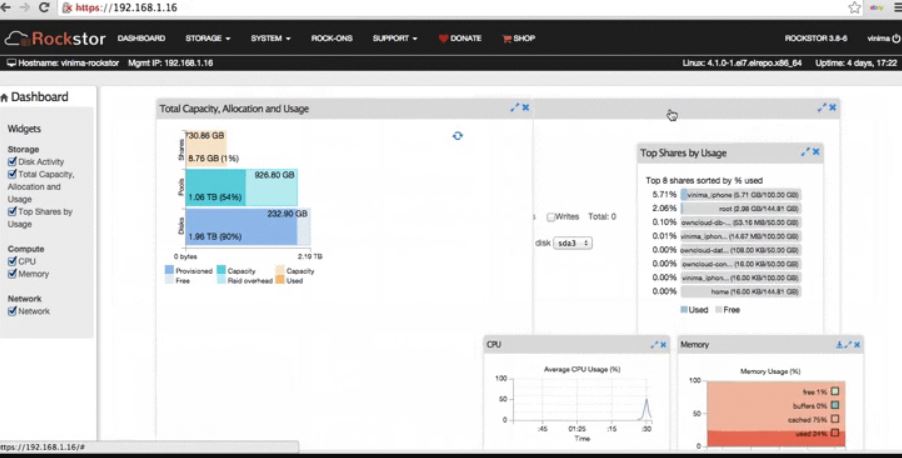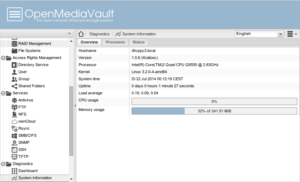
NAS software is the operational software embedded in NAS hardware, enabling actions like file and data sharing on the network from that central point. Because of its specialized focus on data management and sharing, NAS is often compared to a specialized file server, or a server that focuses on the single task of file sharing while bypassing other server responsibilities. In partnership with NAS software and other data storage locations on the network, NAS hardware acts as a source for data retrieval and file sharing within the data center.

Although it can and is often used for personal and home network setups, NAS plays a big role in on-premises data management for enterprise networks as well. NAS, also known as network attached storage, is on-premises data storage hardware.

According to a study by Mordor Intelligence, the NAS market is expected to grow from a $21.55 billion value in 2020 to $62.77 billion by 2026.īut NAS hardware would be nothing without its operating system, the NAS software that makes data storage and file sharing possible. Network attached storage (NAS) is one type of on-premises storage that many companies invest in because of its ease of use and implementation.

Although many enterprises are working hard to virtualize and replace their legacy network hardware, a large number of companies still rely on their on-premises tools, particularly in the realm of data storage and file management.


 0 kommentar(er)
0 kommentar(er)
